The Citizen will spend the next three months in the company of the Japanese brand's locally made flagship single cab D-Max.
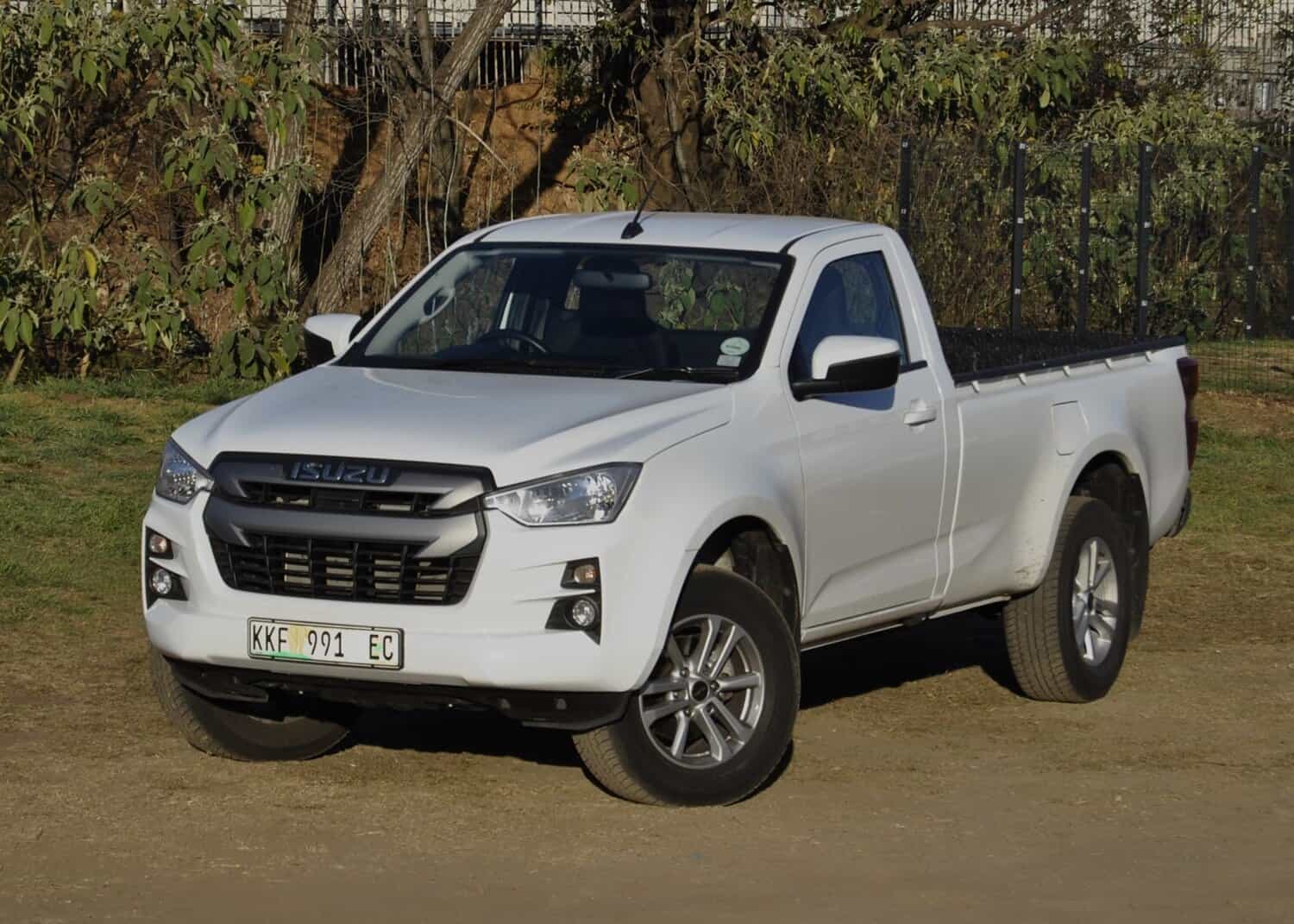
It is not often that the motoring media gets to drive a bakkie that is not a double cab or at best, whatever nomenclature a manufacturer gives to its cab-and-a-half derivatives.
Single cab importance
Whereas the lifestyle deception applies to the former, the latter pair are mostly work implements with limited “everyday” usability as a result of providing seating for two.
ALSO READ: LS joins base and L in expanded Isuzu D-Max single cab range
Along with lacking certain features deemed not required, they are omitted from most media fleets for added fear of being unfairly taken apart by those seemingly unable to understand the difference between a leisure bakkie and a workhorse.
Still, workhorses are the bread-and-butter for the majority of South Africa’s bakkie brands and while the monthly National Association of Automobile Manufacturers of South Africa (Naamsa) figures don’t provide a breakdown based on bodystyle, a quick search reveals that no less than eight brands offer single cabs locally.
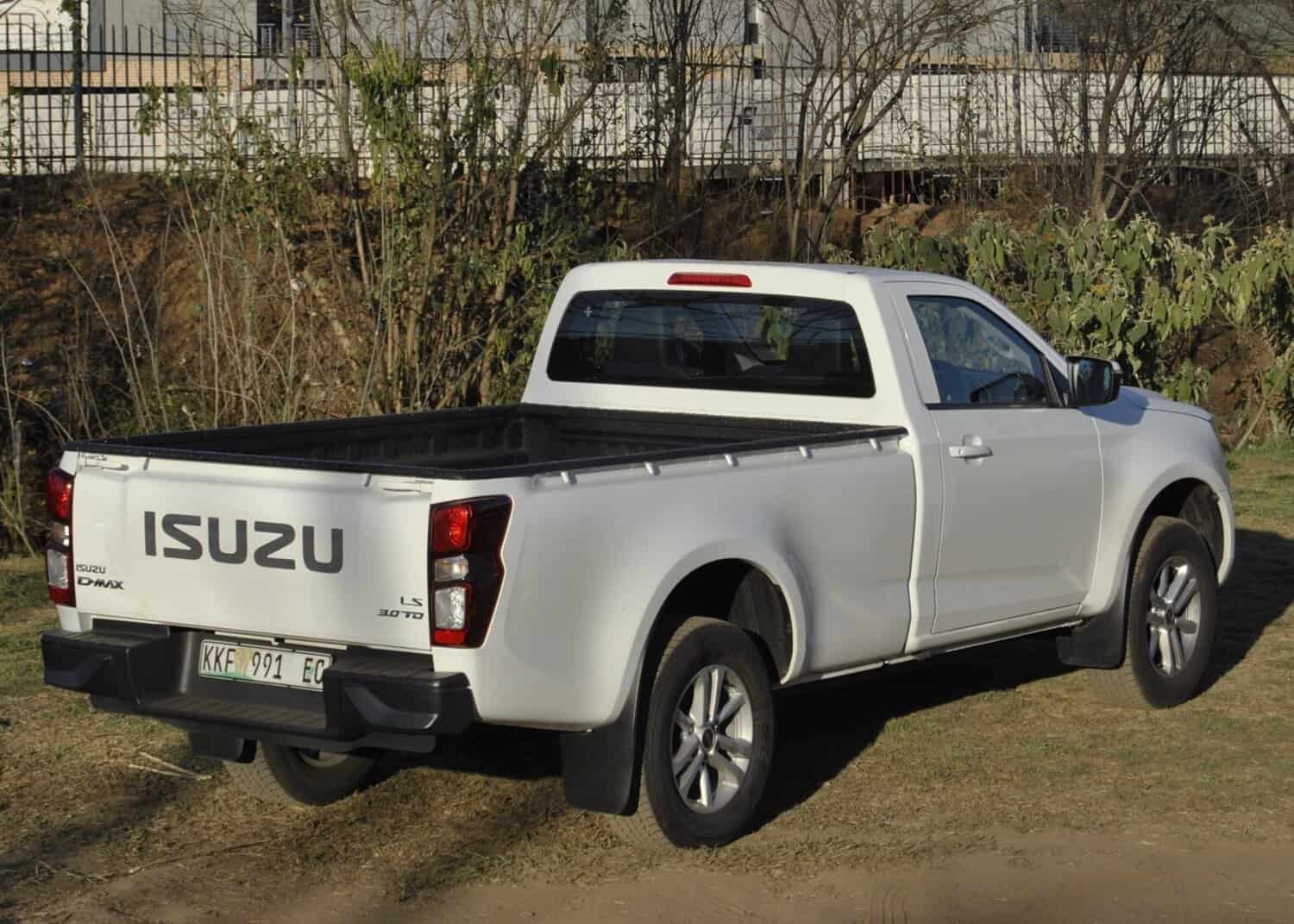
Besides the Great Wall Motors (GWM) Steed and P Series, and the Foton Tunland, all the others are locally assembled comprising the Ford Ranger, Mahindra Pik Up, Nissan Navara, Toyota Hilux and Volkswagen Amarok.
Welcome, flagship D-Max single cab
The eighth brand, but the perennial third best-seller behind the Hilux and Ranger, the Isuzu D-Max also rates as the third behind the former pair to offer a cab-and-a-half version called the Extended Cab.
While the most recent meet-up with the latter was in 2022 with the range-topping two-wheel-drive LSE, the last drive with a single cab came at the D-Max’s long delayed market launch earlier that same year.
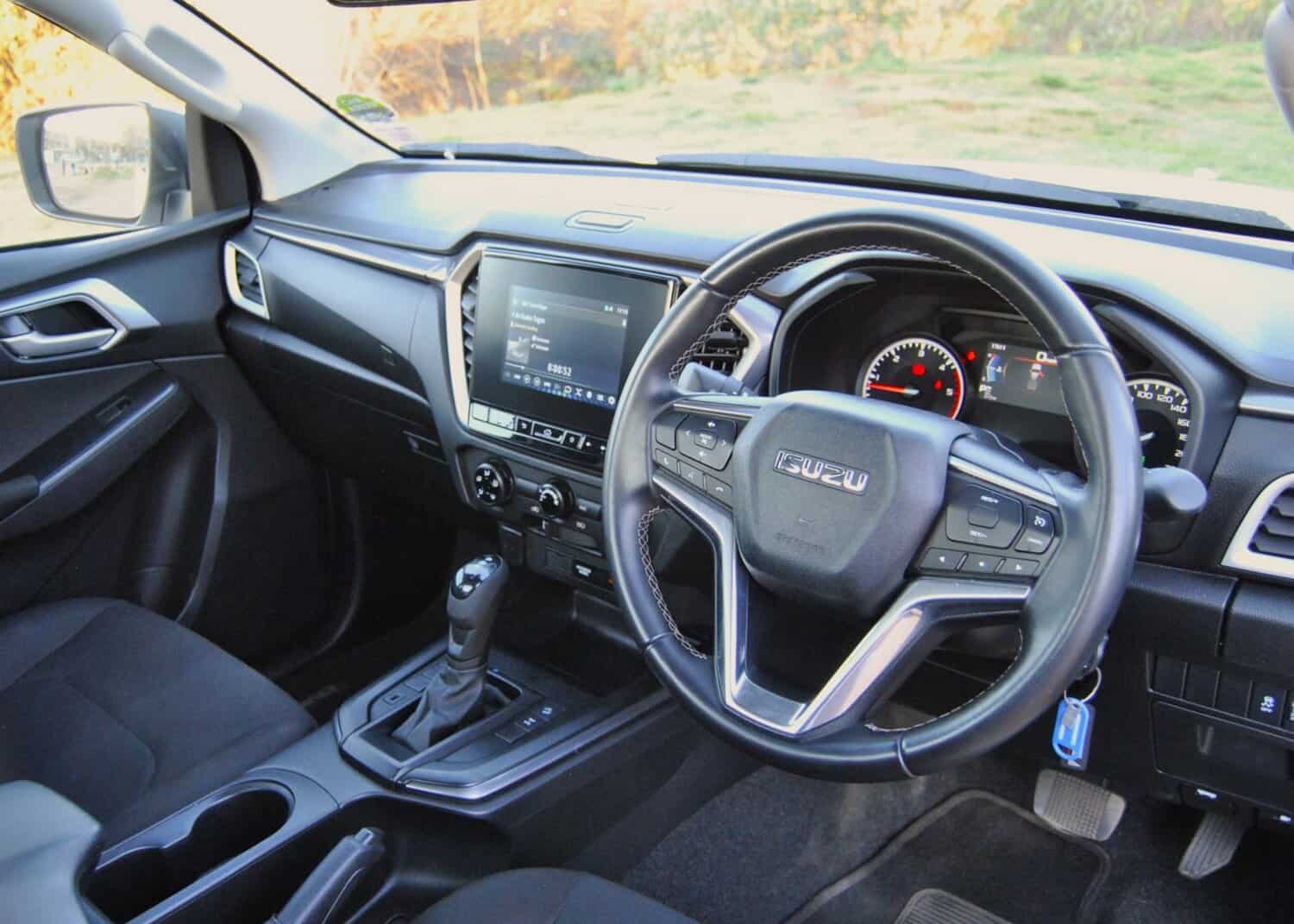
Following a line-up expansion in March last year, which saw the 3.0-litre 4JJ3-TCX turbodiesel engine joining the 4JK1-TCX 1.9 that had been the sole option until then, the arrival of a Splash White single cab D-Max late last month presented a unique opportunity of spending more than the usual seven days with a provided product.
This being long-term “ownership” of the Struandale-built D-Max for the next three months in LS grade, the flagship single cab, equipped with the six-speed automatic available for the first time in any generation “work”-spec “D-Max or its KB predecessor.
Spec sheet
As with The Citizen’s other long-term bakkie, the double cab Ford Ranger XLT, the D-Max doesn’t have four-wheel-drive available for an additional R81 300.
Priced at R590 800, the LS doesn’t underdeliver on the spec side despite its workhorse focus.
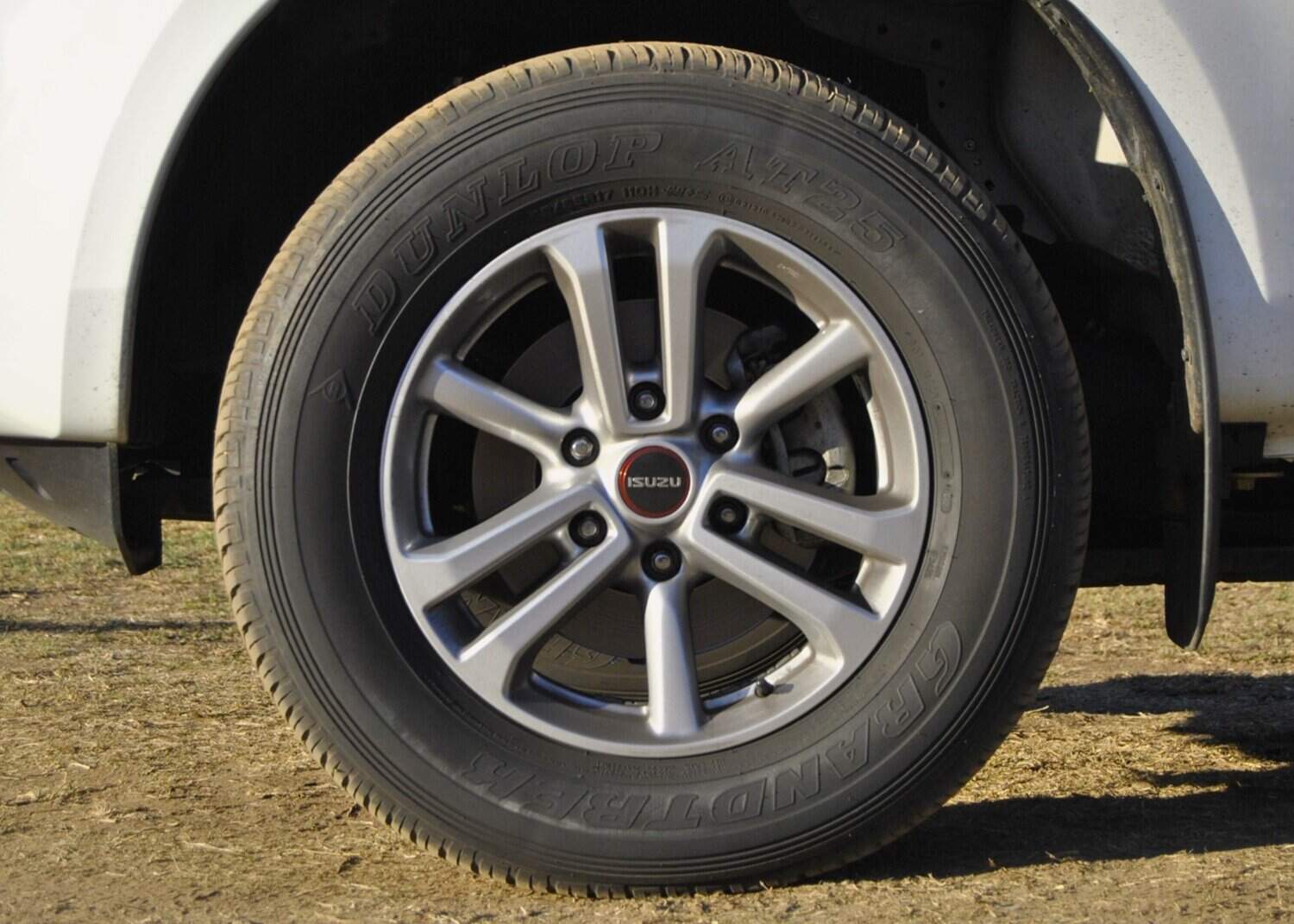
Aside from the auto ‘box, which comes standard on all 3.0-litre models, its list of features comprises the following:
- 17-inch alloy wheels;
- colour-coded bumpers, door handles and mirror caps;
- four-speaker sound system;
- daytime running lights;
- cloth seats;
- dual front airbags;
- traction control;
- Hill Descent Control,
- electric mirrors;
- auto lock/unlock doors;
- electric windows;
- leather-wrapped multi-function steering wheel;
- adjustable driver’s seat and steering column;
- 4.2-inch TFT instrument cluster display
- rubberised loadbin
In-cabin storage is sorted by a cubby on top of the dashboard, a central storage box doing double duty as an armrest, a split glovebox and four cupholders, two located underneath the air vents that also double up as coin trays.
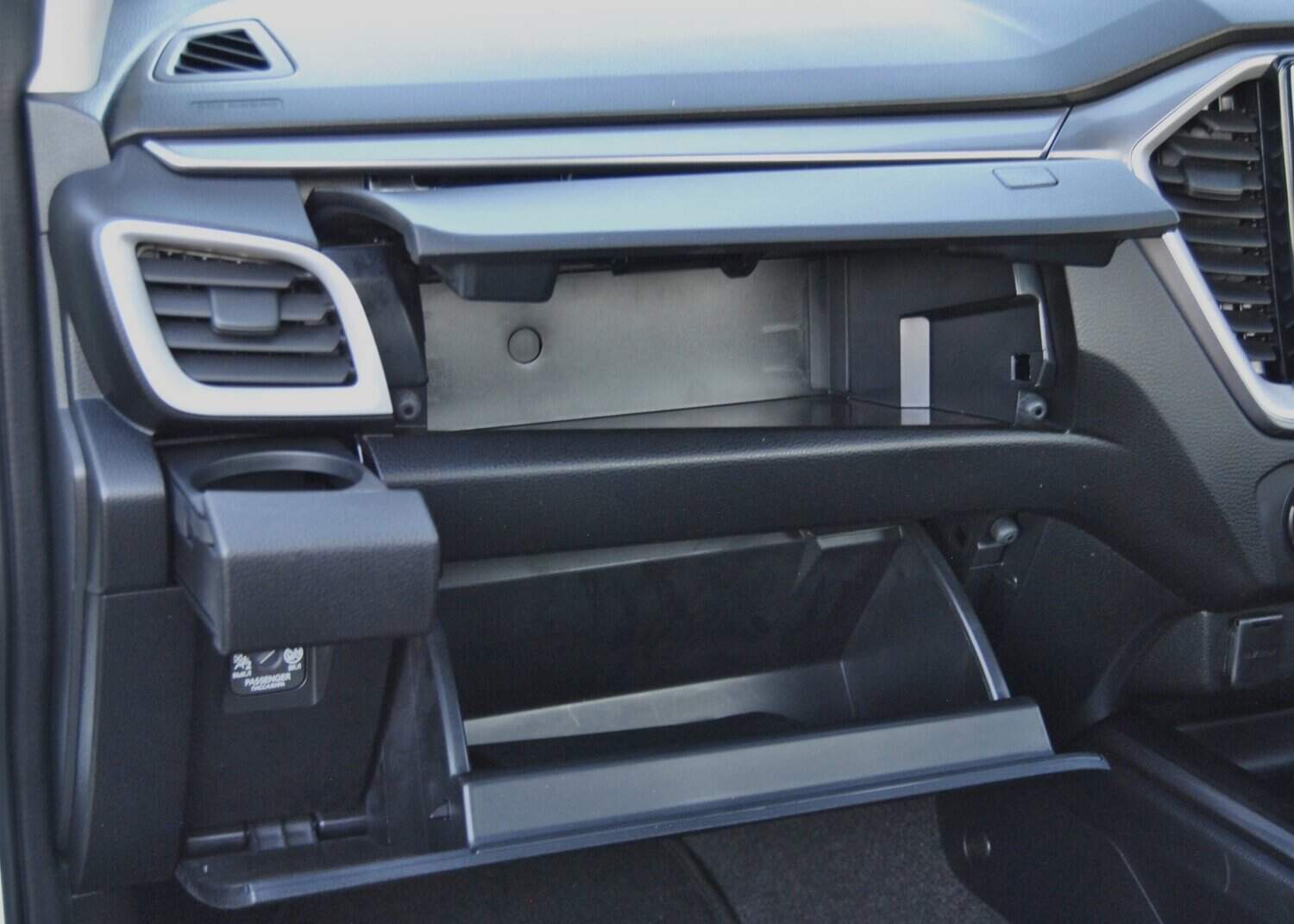
Taking care of the infotainment is Isuzu’s smallest system, the seven-inch display with Bluetooth, Apple CarPlay, Android Auto and a single type-A USB port.
As for its working credentials, the single cab 3.0-litre LS auto has the same 800 mm wading depth, 3 500 kg tow rating and 227 mm of ground clearance as the rest of the D-Max range, but with a payload of 1 205 kg.
Progress
Put to the test not long after its arrival, and in between the series of test vehicles, initial impressions needed careful self-evaluation given what the single cab represents.
As such, the lack of expected niceties such as a reverse camera and rear parking sensors can be seen as expected based on workhorses often lacking both.
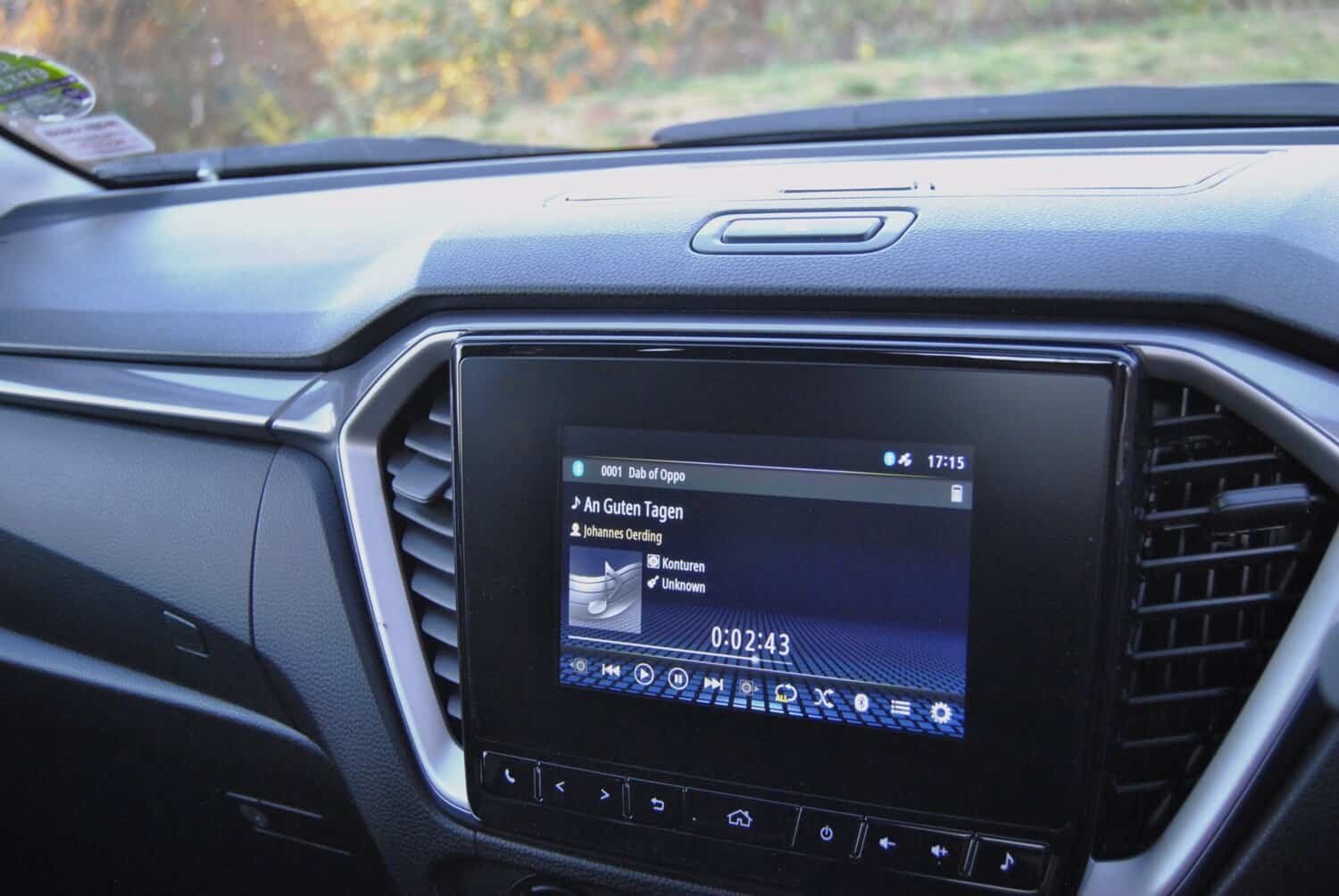
The same applies to the bouncy ride with no load in the back, as well as the typical Isuzu diesel engine clatter.
It is, however, the infotainment system that provides the real oddity. Apart from “freezing” when scrolling through a playlist on the move, which has been done deliberately to avoid distraction, it automatically dims the display with the headlights turned off.
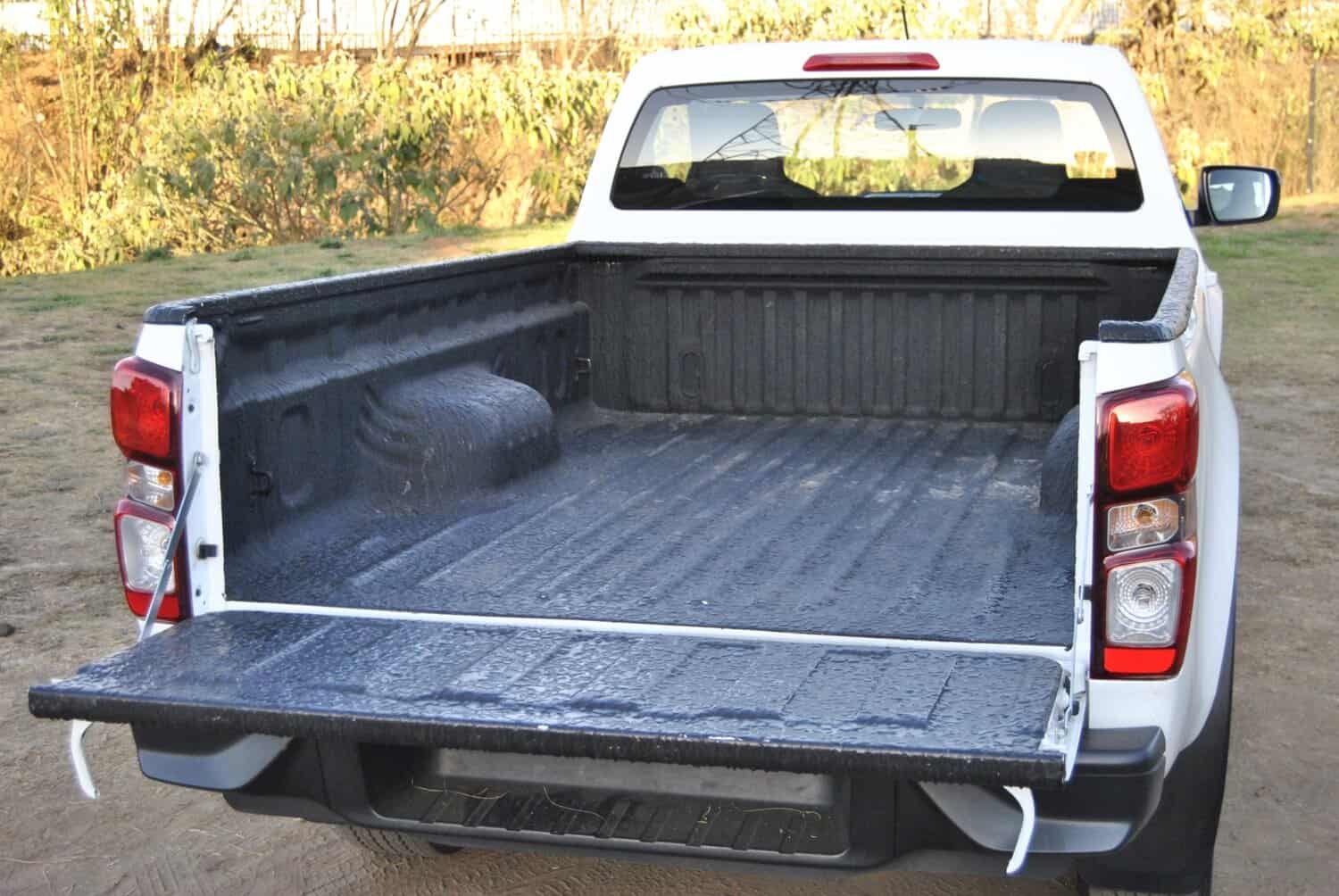
Flicking it on sees the screen revert to its normal resolution – a scenario never experienced on the bigger nine-inch, which does feature the annoying “distraction” time-out.
The rest of the interior is straightforward, and while hard plastics are the order of the day, they feel solid, while the ergonomics are plain to use from the shortcuts as the base of the infotainment to the physical buttons and dials for the air-conditioning.
Stalwart diesel readying to show worth
On the move, the venerable N-Series truck-derived 3.0-litre engine offers a strong pull that makes the D-Max feel more responsive than what it should feel like.
Delivering its 140kW/450Nm to the rear axle only means it feels lighter than what its 1 780 kg kerb mass suggests, however, it remains to be seen how this will be affected with a few hundred kilograms loaded onto the back.
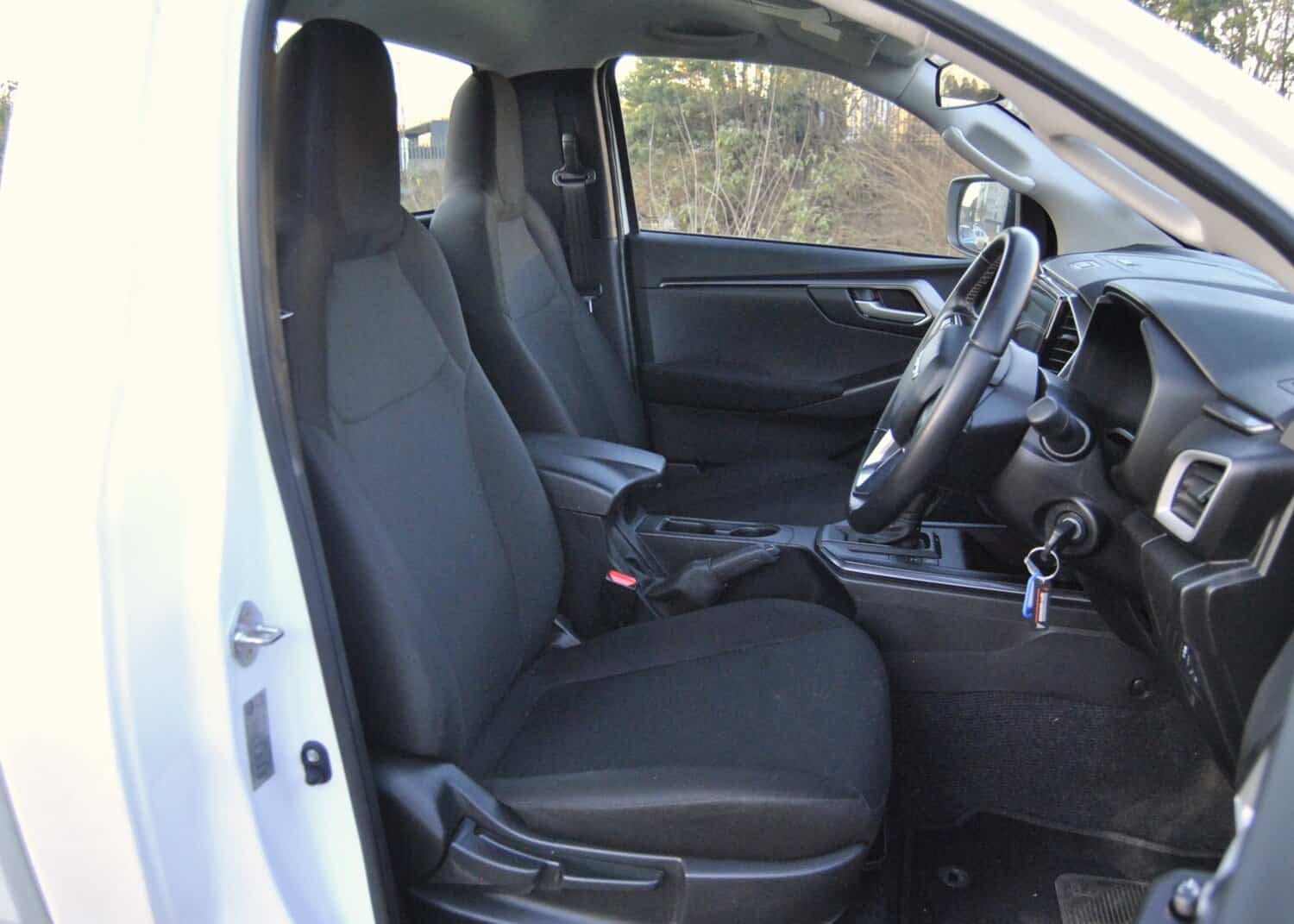
As with the Extended Cab, and also the 1.9-litre engined X-Rider driven last year, the six-speed automatic ‘box varies from acceptable when shifting up, to erratic on the down change, with two ratios often being dropped.
Fortunately, this is augmented, and negated, by using the manual override and shifting manually with the stubby gear lever, though it stands to reason that this will be of little concern to most buyers just thankful not to row any gears in the first place.
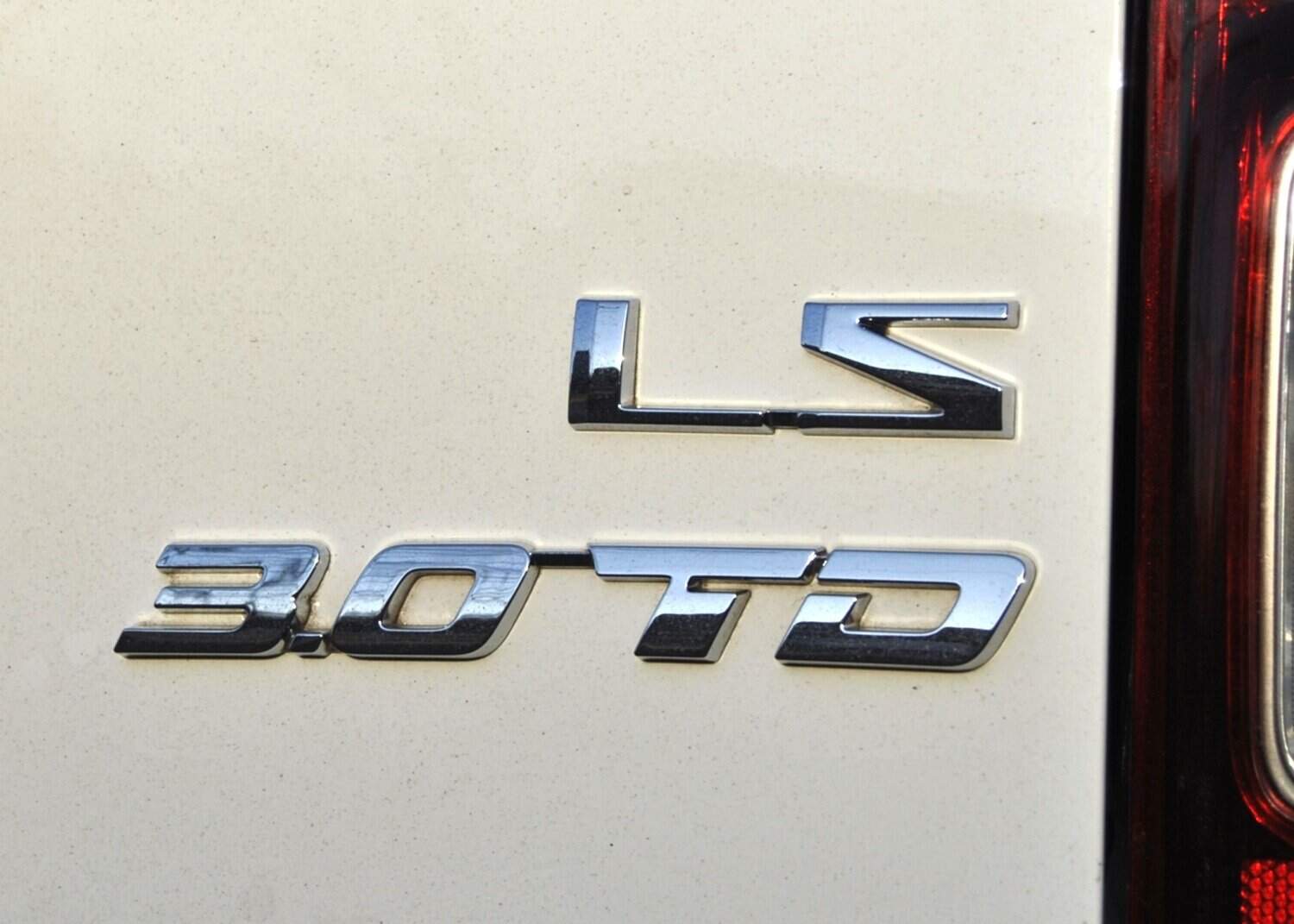
Having so far stayed confined to town driving, the 4JJ3-TCX engine’s reputation for frugality, despite its displacement and having been extensively revised since the original 4JH1-T debuted in 2002, has so far not shone through.
Although nowhere near Isuzu’s 7.6 L/100 km claim, a best of 9.7 L/100 km has been amassed, though this has since fallen back to 10.1 L/100 km.
More to come
Despite its foibles, the D-Max LS has run faultlessly throughout the 343 km it has clocked-up since arriving
Hard working tasks, as befitting of a workhorse, are being planned and as such, progress is expected to shift up a notch throughout the remaining two months.
Included in its price tag is a five-year/120 000 km warranty and a five-year/90 000 km service plan.
NOW READ: Isuzu D-Max lifts game in bakkie battle against Hilux and Ranger






